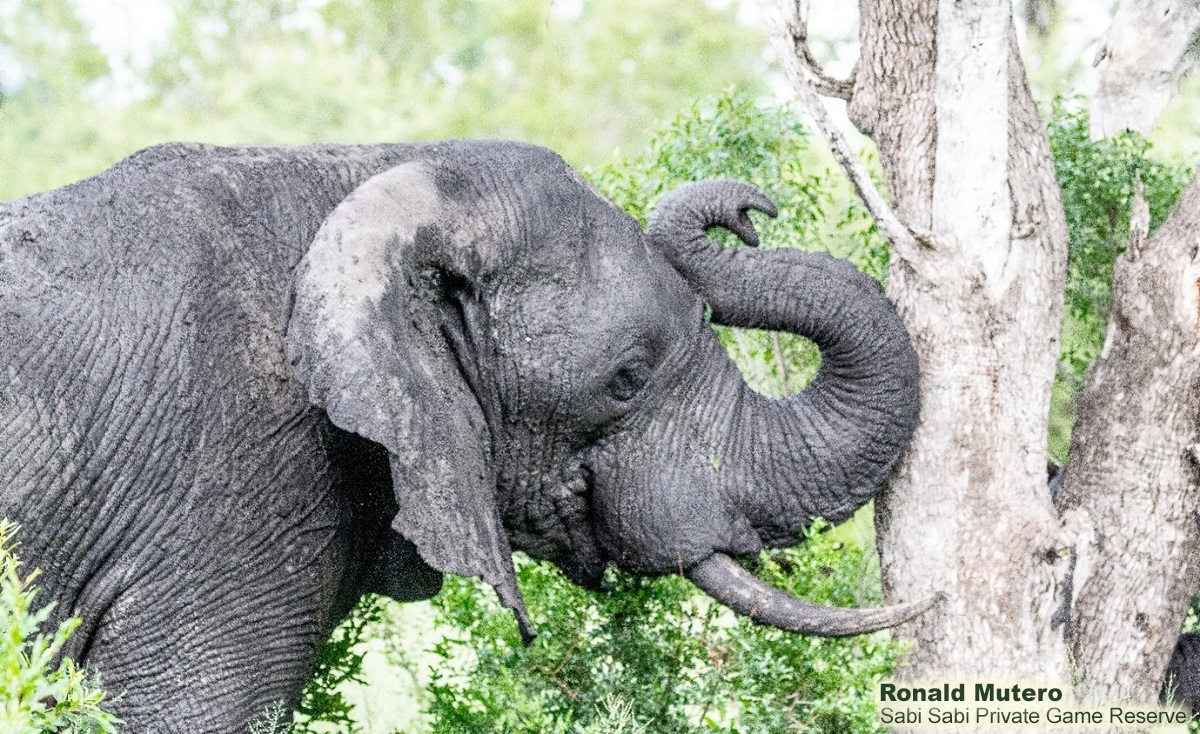Elephant communication
on Apr 13, 2021Have you ever wondered how elephants communicate to each other in a group or amongst themselves; how they locate each other when they get displaced; how males locate females for potential mating partners, or how they all move in the same direction?
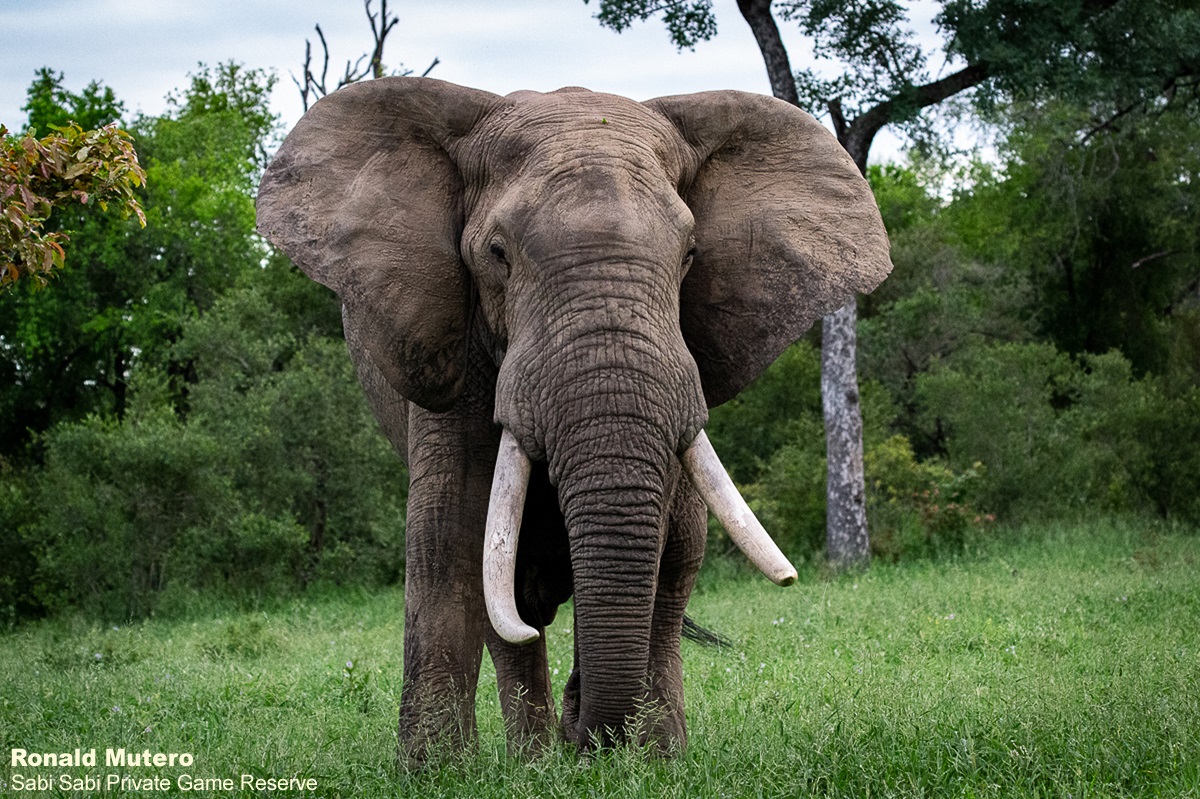
Elephants can communicate by using intricate acoustics, not only that but they have a lot of knowledge to share socially and ecologically.
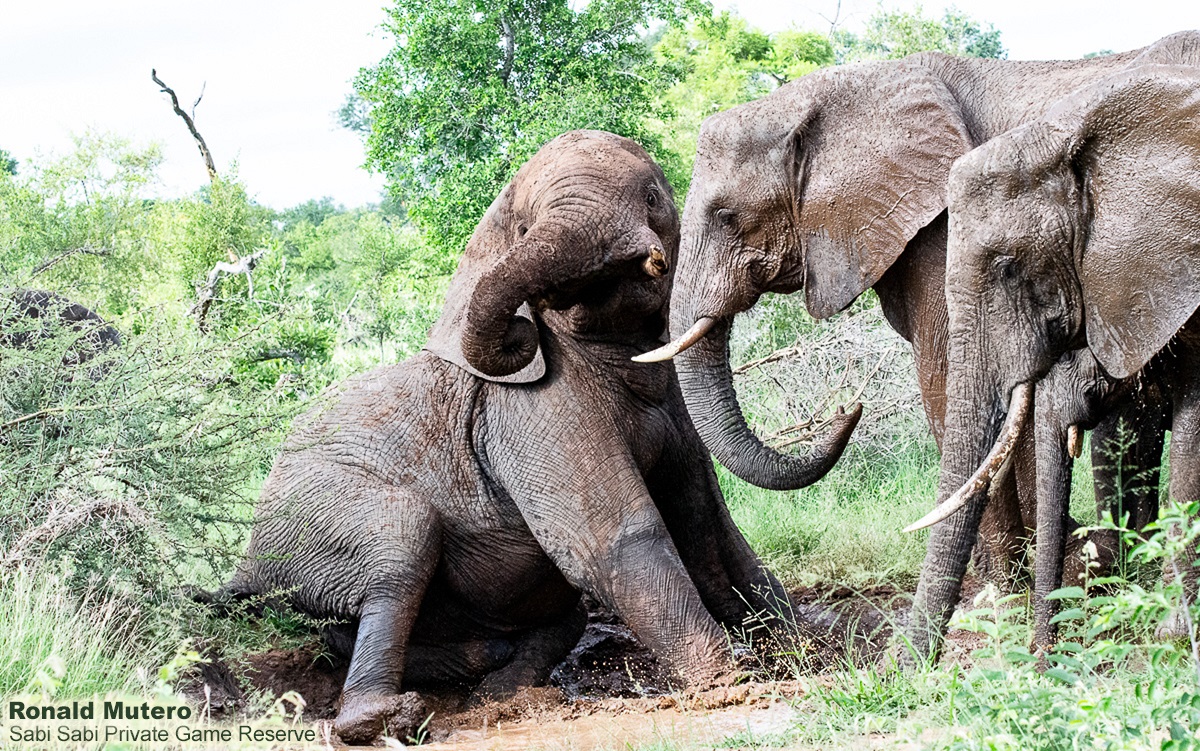
Elephants use a range of calls and signals for different tasks and purposes; for example, to secure their defence, to warn others of danger, when coordinating movements amongst a group, attract mates, reinforce family bonds, and announce their needs.
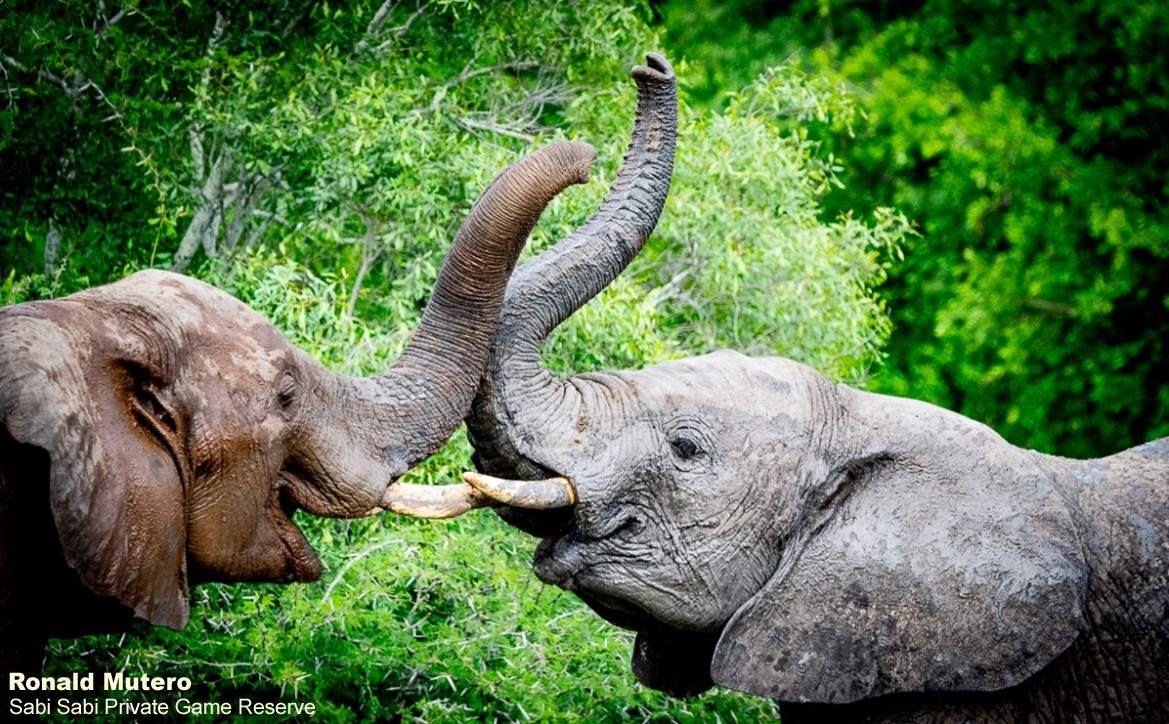
Elephants use vocal calls which are the most common way they communicate. These unique vocal calls are used for everything from caring for calves, reconciling differences during disagreements, and coordinating the group’s next move. Seismic communication (listening to vibrations) is used by a variety of animals including arthropods, amphibians and small rodents. Elephants communicate primarily through sounds or vocalisations known as rumbles. Usually when elephants want to move on from one place to the other one of them, if not the matriarch, will emit a deep rumble, which rouses the whole group to get moving in the direction the matriarch chooses to go. An elephant can recognise the calls of hundreds of other elephants from far distances.
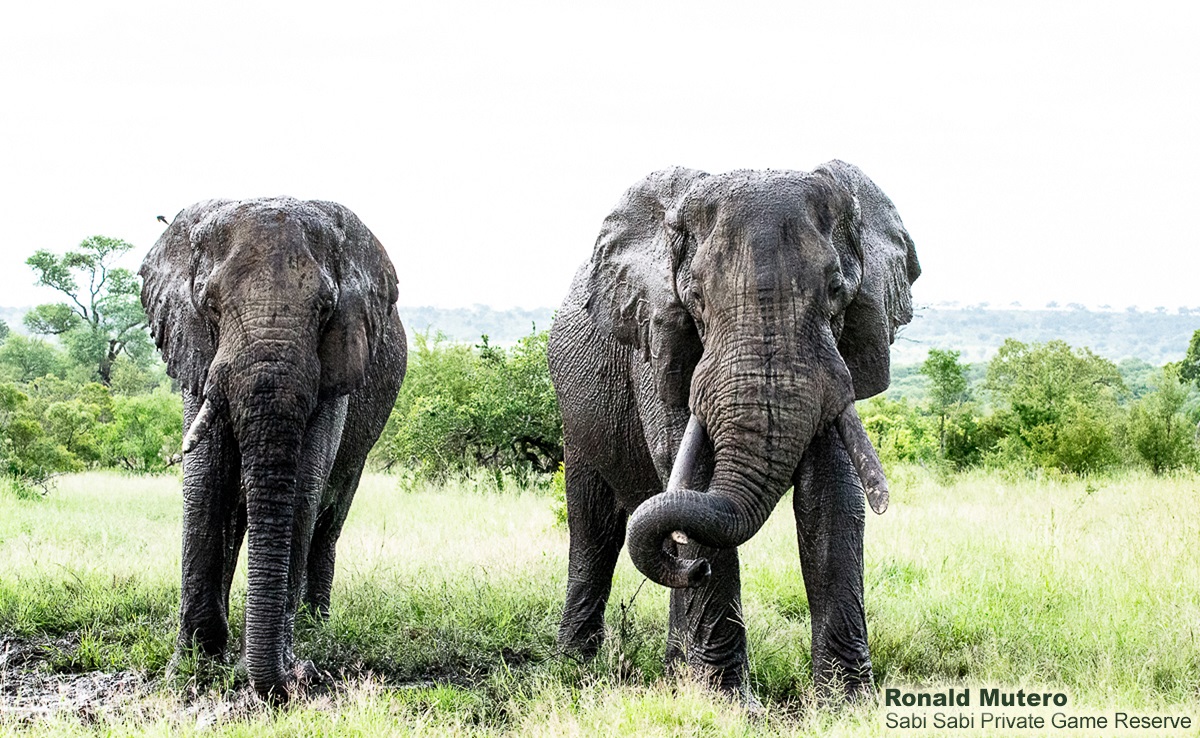
A recent discovery shows that much of elephant language exists in a range that humans can’t even hear, communicating through seismic waves. These low-frequency sounds, termed by infrasound can travel several kilometers. The deepest sounds we can hear, the grunts or rumbles, are the mild overtones of low frequency, however, the infrasonic sounds are so low and powerful they travel unhindered for kilometers, allowing elephants to send messages and warnings over long distances.
A number of studies have been carried as to how elephants react to seismic vibrations below the ground’s surface. Scientists placed Geo-phones below and above the ground which would help distinguish how far these frequencies were capable of travelling.
They recorded that seismic vibrations between herds had the ability to travel up to around 2.5 km underground in comparison to the recorded average of 1-2 km through the air. The elephants then showcased how they were able to respond to feedback vibrations appropriately, fleeing from signals that so clearly meant danger and finding comfort in those that didn’t.
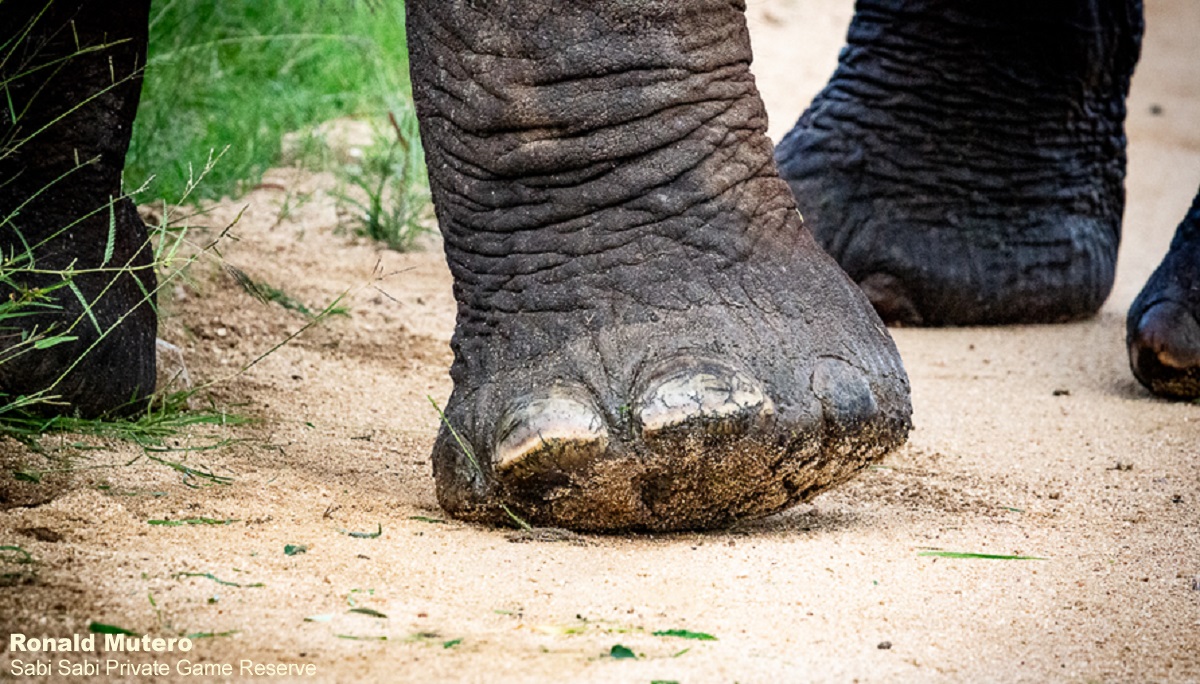
It is said that elephants may be able to detect these seismic vibrations through two possible means - the bone conduction and by use of ossicles of their middle ears or possibly by mechano-receptors in the toes or feet that are very sensitive to vibrations. Seismic waves could travel from their toenails to the ear via bone conduction, or through somatosensory receptors in the foot, similar to the ones found in the trunk.
The tip of an elephant's trunk also has layers of cells called Pacinian corpuscles that are extremely sensitive to vibrations and it’s thought to be able to detect movement. Pacinian corpuscles have been found in the elephant foot - mainly in the front and back of the dermal layer. Movements or vibrations deform the layers of Pacinian corpuscles, sending a nerve signal to the brain. Although these corpuscles are found in other mammals, too, they are particularly densely packed in the tip of an elephant's trunk.
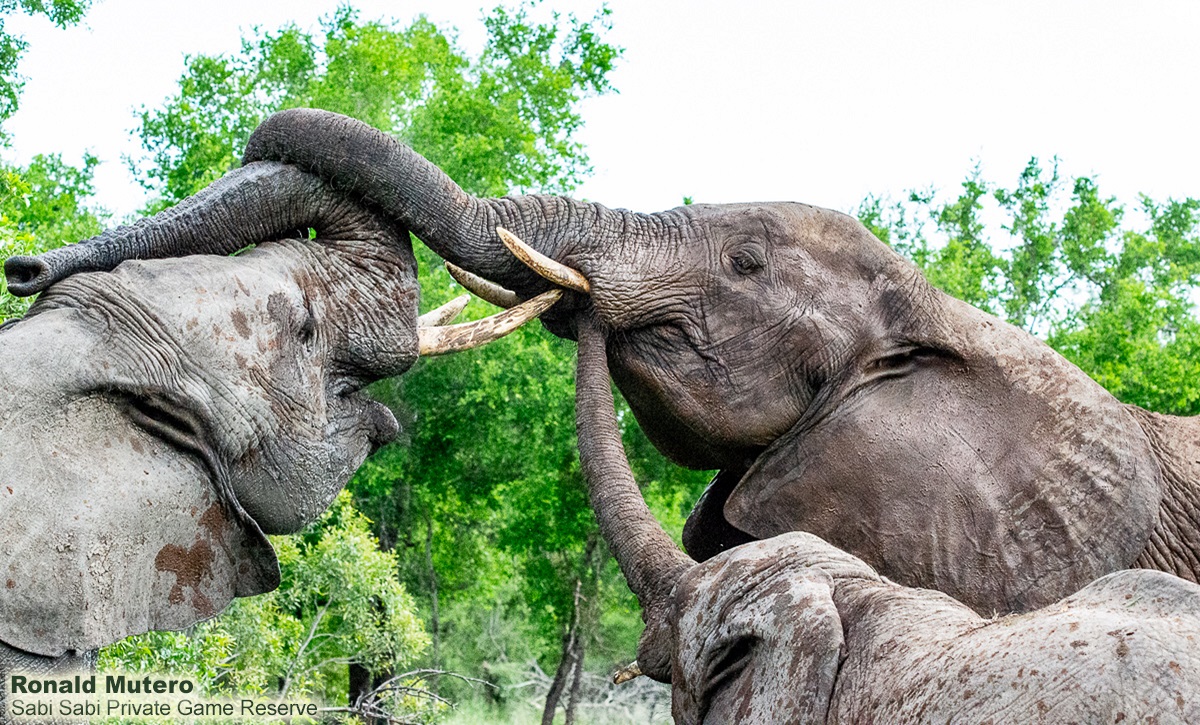
The trumpet call elephants make is the one we most often associate with elephants, but they can also cry, scream, roar, snort, rumble, and groan to communicate or get their point across. Whichever call they make, it can be soft, abrasive, low-pitched or shrilling. But of all the calls in the elephant repertoire, deep growling or rumbling noises are, by far, the most common. Some researchers even postulate that each individual has its own growl.
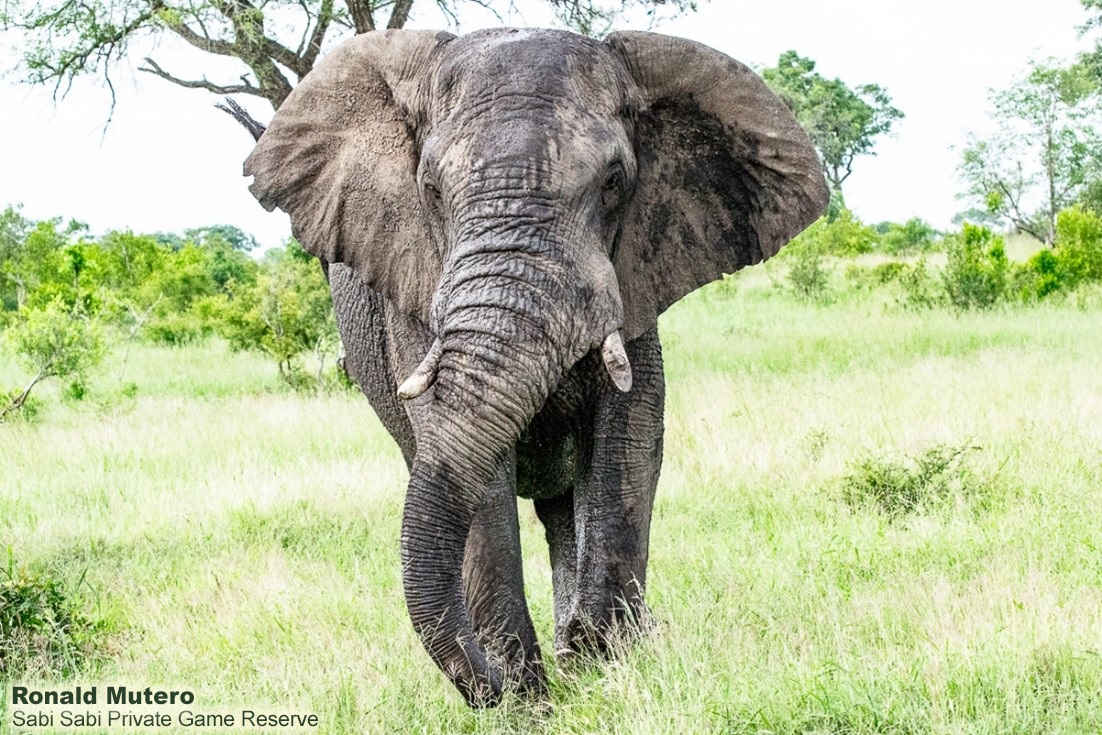
These powerful, distant-travelling sounds are still being studied to see if they may be critical in helping males find females for breeding. Researchers say the infrasonic calls also enable elephants to reunite with friends and family when displaced. Breeding herds also use low-frequency vocalisations to warn each other of predators. Injured/vulnerable elephants, sub adults and young elephants are susceptible to attacks by lions and sometimes hyenas.
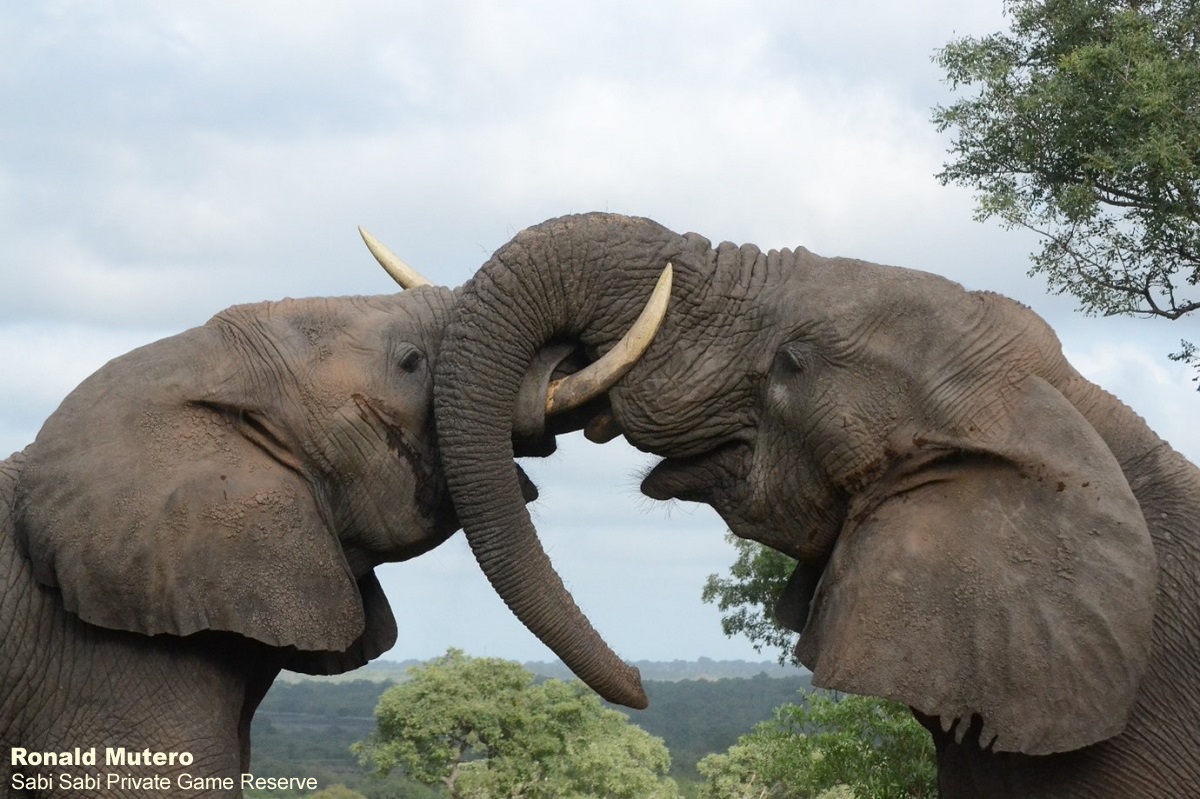
Elephants also have contact calls, that helps them locate distant family members. The elephant seeking to make contact lets out a powerful reverberating sound, after which it lifts its head to listen for a response. If a response is administered, they sometimes go back and forth in communication for hours. Any reunion of elephants is met with an exuberant greeting. The greeting ceremony, as it is called, is marked by trumpeting, screaming and rumbling.
Males usually do not reach sexual activity until ±12-15 years, and even then, they are not capable of the social dominance that usually is necessary for successful reproductive activity. There is usually competition among the males for females that are in oestrus. Bulls will come into musth at the age of ±20 years for brief periods of time but occurring for longer in older bulls. Musth is a biological condition affecting all adult male elephants indicating elevated levels in testosterone, that occurs about once a year. During this period bull elephants secrete a oils, smelly fluid from their temporal glands on either side of their forehead.
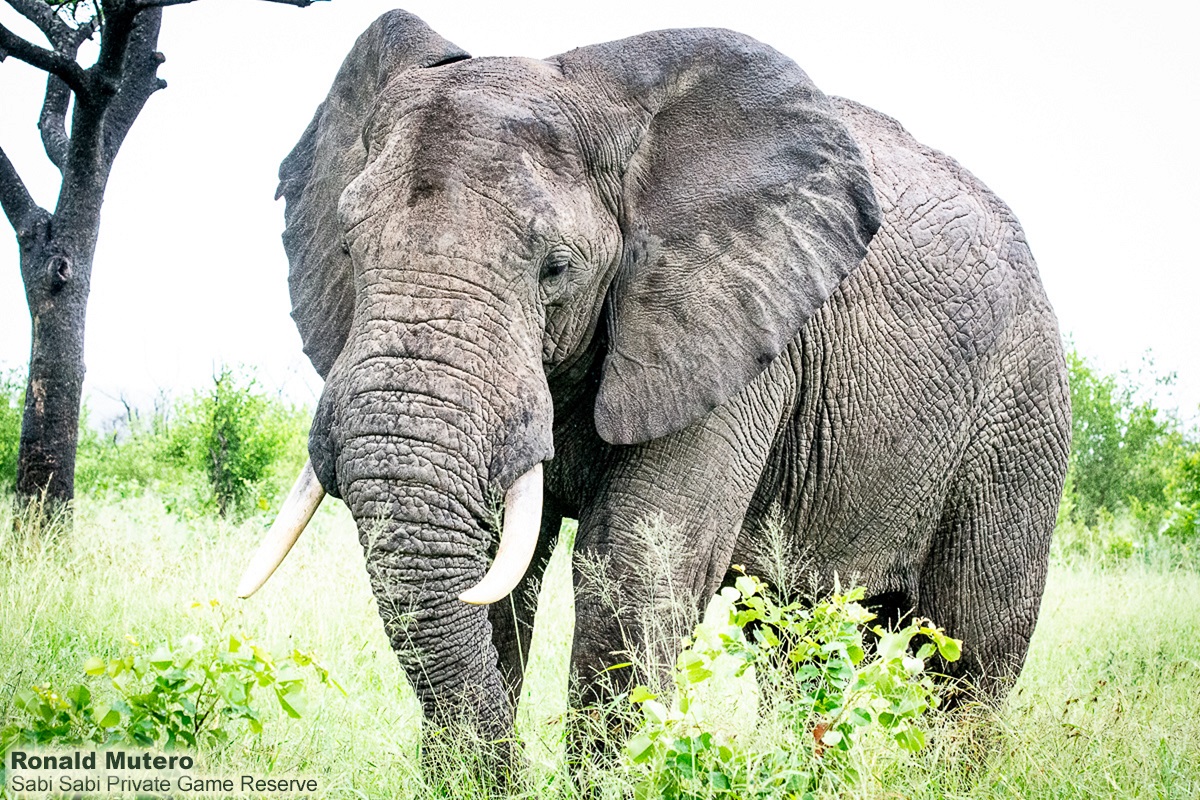
In this stage of musth it makes chemical communication among the elephant easy as there are seven turbinal curls of bone in the nasal cavity with sensitive tissues specialised for olfaction and hormone detection. These turbinals contain millions of olfactory receptor cells. When a male is in musth or a female is in oestrus, elephants can detect hormones or chemical molecules in the urine, dung, and in secretions from the temporal glands, and mouth that mirror the individual's physiological state.
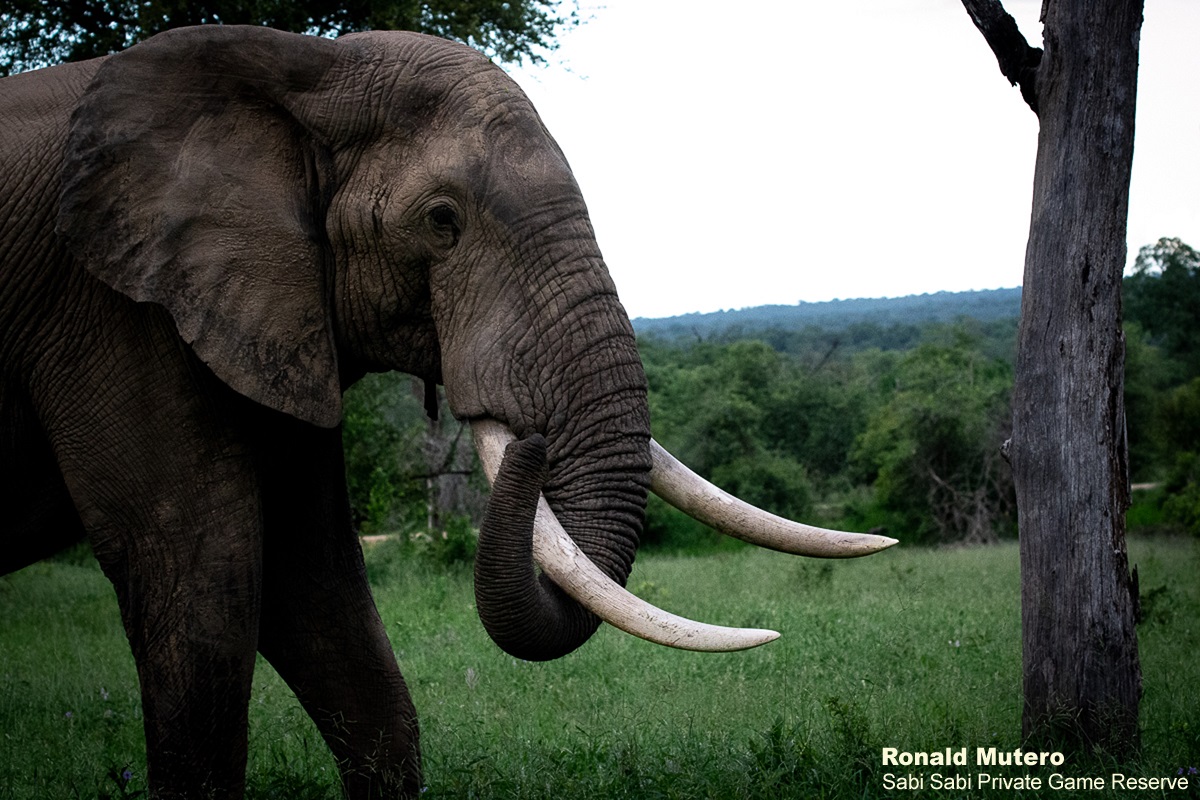
Elephant may be able to get information they need by simply sniffing, if not the elephant will collect the substance on the tip of trunk. Once collected on the trunk this chemical information is passed on to the vomeronasal organ on the roof of the mouth for interpretation. This type of process is known as the flehmen response. Information gained is sent onto the brain. In front of the vomeronasal organ is a row of pores known as palatal pits. These pores may work to enhance chemical communication by interpreting molecular information brought to the trunk for inspection.
So often we see elephants touching their trunks and sniffing each other, in most cases there is a lot of communication taking place among them.
